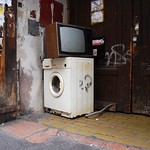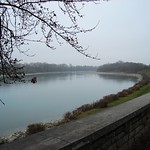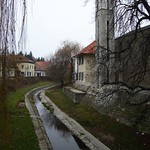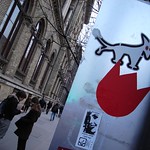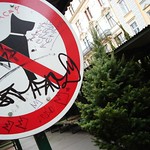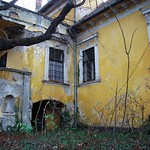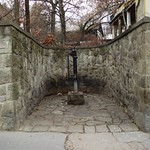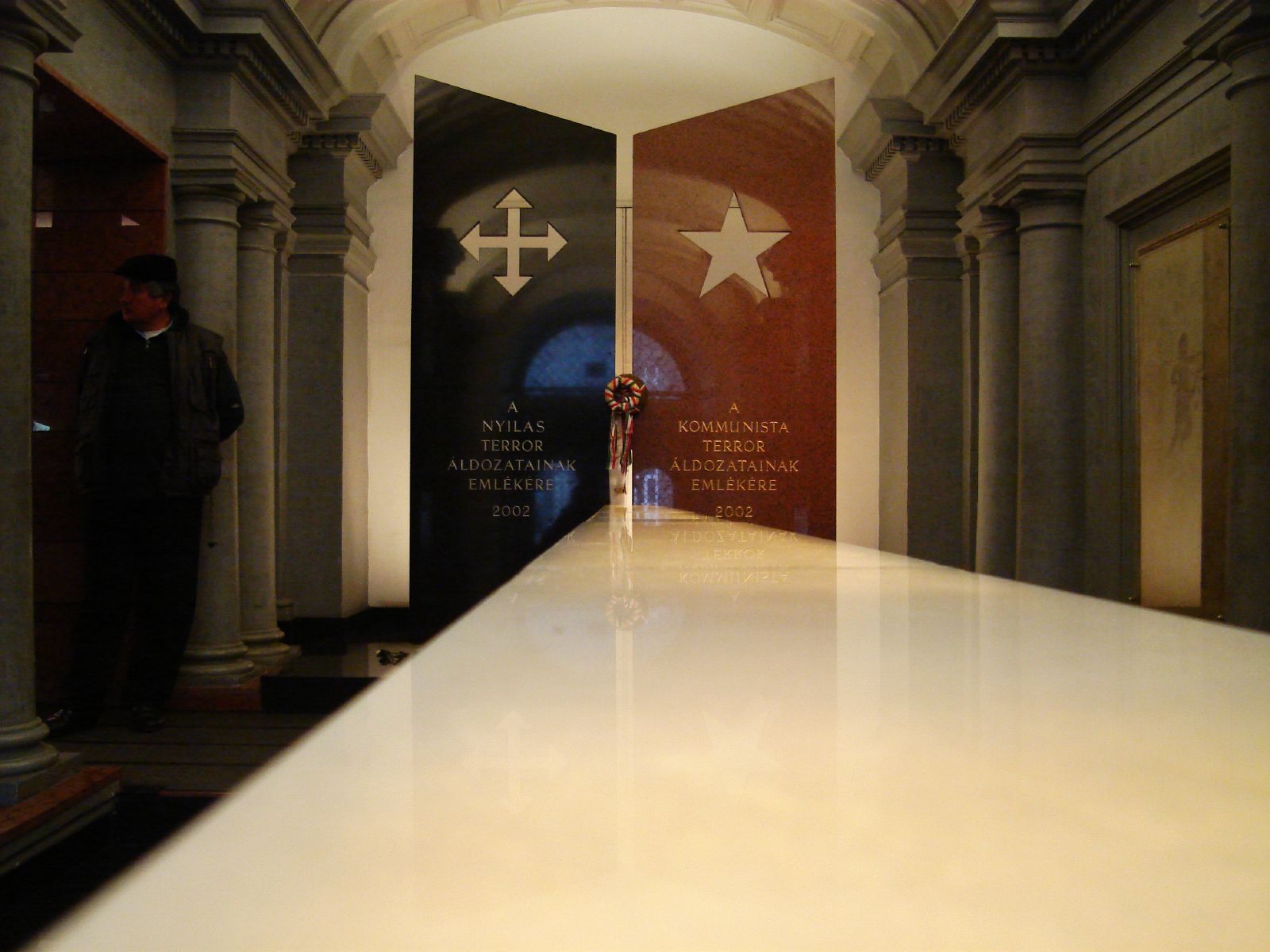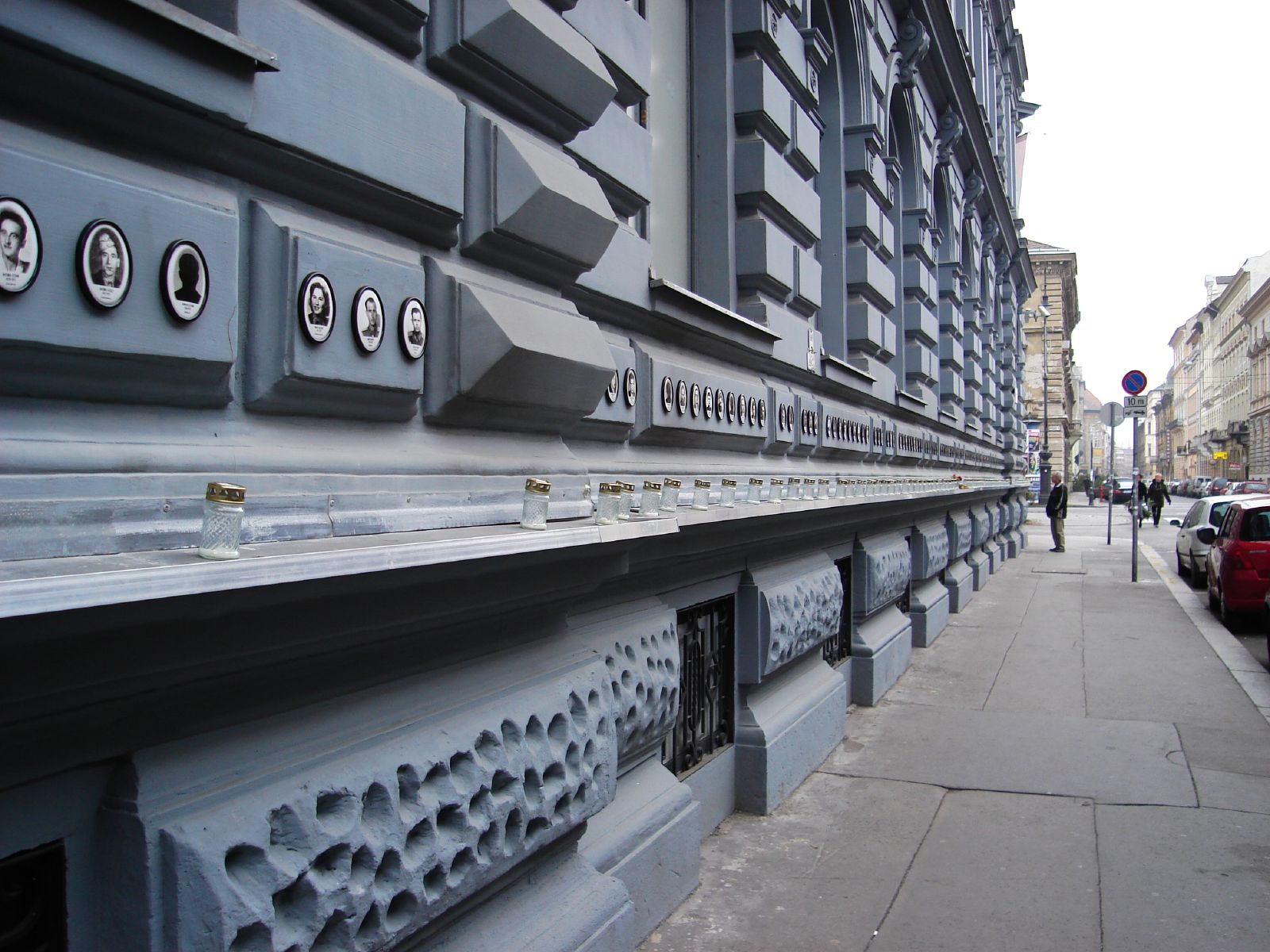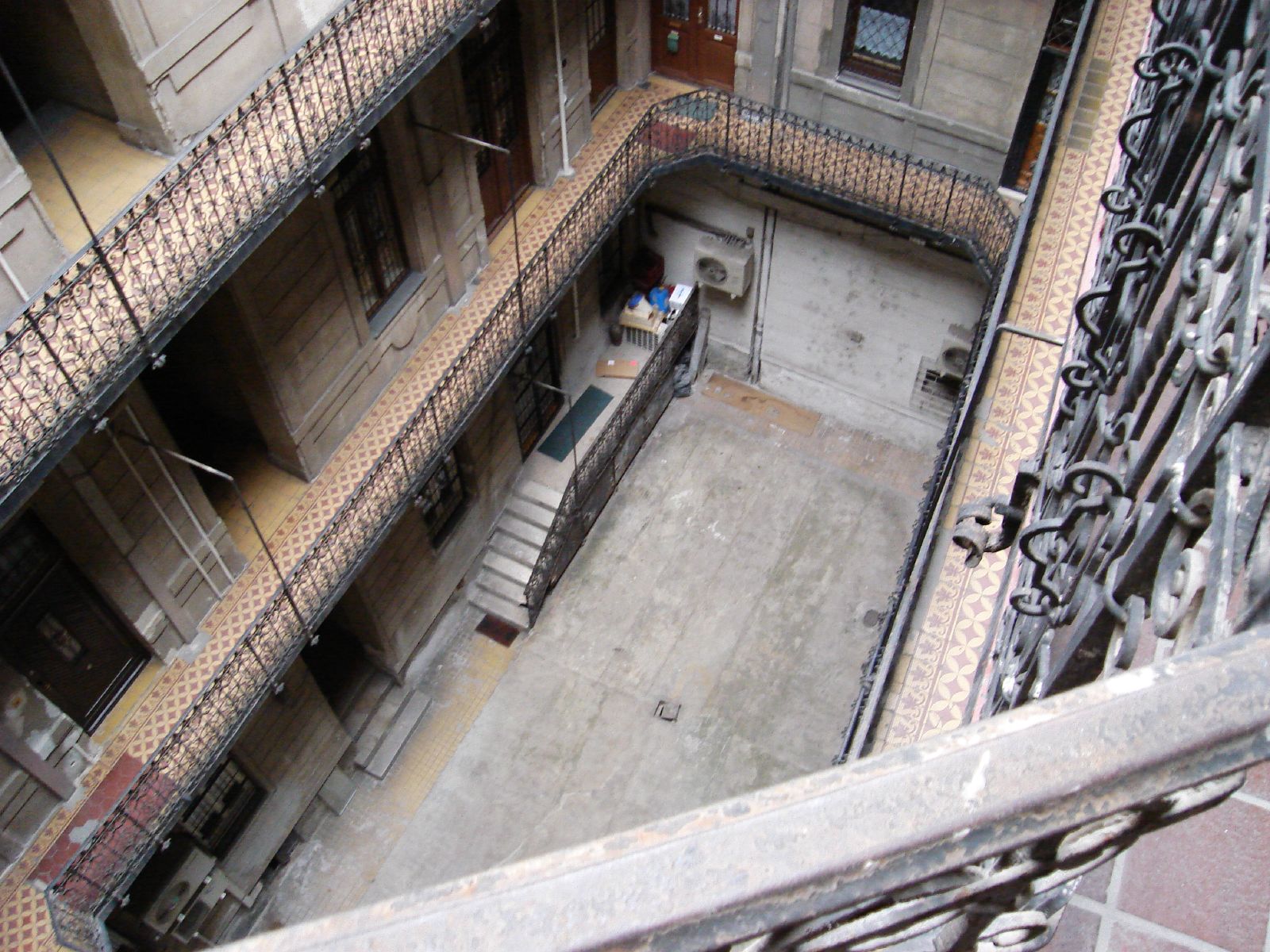In Budapest
Back in Budapest, enjoying some sights, as well as the small village of Szentendre, a bit to the north of the city, I can't help but feeling a certain sense of loss. Szentendre is/was a bit of an artist colony and, at some point, housed multiple artists creating the kind of socialist realist art easily spotted on communist buildings, in a time when art had a significantly more important role in society. But now, besides the encroachment of the mundaneness of global society and the subsequent trivialization of art, this part of Hungarian history is slowly fading.
In Szentendre, after walking to the end of main street, I ended up in an arty cafe with a decent wi-fi connection which, that same night, saw the opening of a photography exhibition by George Konkoly-Thege, a decent Hungarian photographer. He invited me for the show and, the next day, we talked over tea about some of the more 'modern' ways of selling his photographs to the world.
The cafe in Szentendre isn't the only one with wi-fi as many artsy cafes all over Budapest now offer that facility, including many in Raday utca, where I also found one cafe that serves no less than four different soups, in a bun! The sheer joy!
In the hostel, conveniently located next to the Astoria metro stop, I was sharing a room with a Hungarian weirdo who slept all day and stayed up all night, never turning off the television right next to his bed. He's a furniture maker, specialised in antique pieces, now looking for a job in either Budapest or Germany, where he can, in his own words, theoretically, make up to 10000 euros per month.
Visited the rather expensive and very modern Terror museum, mostly on the German and Soviet control of Hungary. Very visually oriented and very artsy, there were easily more LCD screens than visitors, where the atmosphere was more important than the actual information, which was summarized on A4 sheets of paper available from dispensers in most rooms. The screens or displays had little or none external information.

